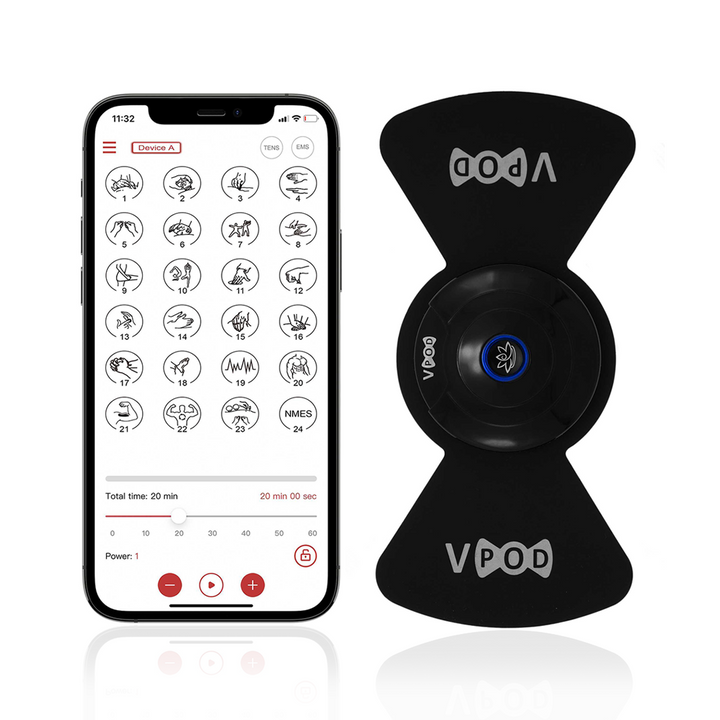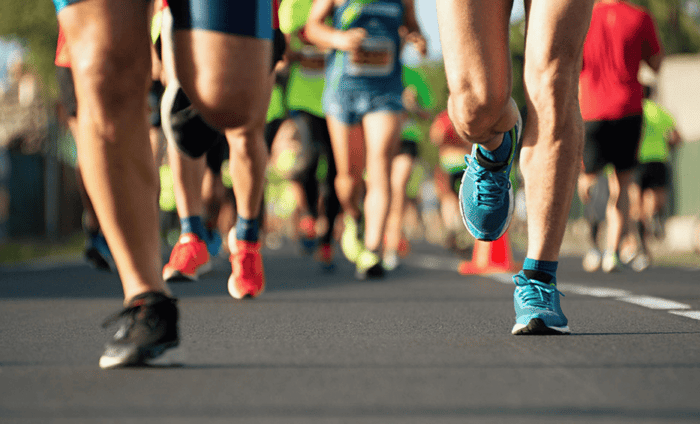If you're anywhere near NYC and you're a runner, then you know we just had our annual NYC Marathon this past week! With all the training wrapping up in preparation for the big day, it got us thinking about the lengths everyone has gone through to increase their mileage and speed, while still allowing enough time for proper muscle recovery. In the next couple paragraphs we'll go over some tried and true methods that runners have been using for decades to safely increase endurance while prioritizing the most important aspect of improvement- recovery.
Consistency
Scheduling a consistent mileage to stick to is one of the key things to keep in mind in order to successfully increase mileage over time. Writing something down or making it a noted priority plays a big role in the psychology of sticking to your goals. If anyone is training for a marathon, it is almost 100% necessary to track your mileage and stay consistent with your tracking over a long period of time. Without this aspect of prep, it's easy to lose track of time and reach race day feeling ill-prepared.
Speed Work
Your muscles are made up of two types of fibers, fast twitch and slow twitch. These different forms of muscle control decide whether you're naturally better at sprints or marathons- depending on which one you have more of. The good news is you can (and should) train both types of muscle fibers and improve each skill set separately. Any endurance exercise will stimulate slow twitch muscle fibers, while more explosive movements like sprinting or jumping will target fast twitch muscle fibers. Both of these are incredibly important to keep conditioned as they'll be useful during the moments of the race where you have to get over hills or sprint for that last section!
Cross-Train
Any well rounded runner understand the importance of taking a mental break from your usual routine of exercise and incorporate cross training into their lifestyles. Switching up your type of workout helps build mental toughness, increase strength, and contribute to increased flexibility and range of motion in the joints.
Some cross training examples include:
Hill Training
Strength Training
Cross-Fit
Swimming
Recovery
Recovery is one of the most overlooked aspects in endurance and strength training. The rest period is when muscle is rebuilt, and it's the time when the runner can give the muscles a second to recover from all the strain they've had to endure during training. Recovery can be seen as rest days, walking days, or can include muscle recovery tools/tech that encourage increased oxygenated blood flow and the flush of lactic acid (which is responsible for making us sore)! We recommend the VPod, a wireless TENS/EMS/NMES Unit that has 24 different functions and adjustable intensities that allow you to recover on your own terms. Visit VPod.Life to learn more about the latest innovation for athletes.
Want a chance to win the VPod and other athlete recovery tech? Enter our monthly giveaway here.
VPOD Wireless TENS, EMS & NMES Unit

$149.00
$175.30
Pain sets limits. You deserve to be limitless. Our VPod Wireless TENS Unit is a lightweight, portable device that will provide natural pain relief for all of your aches and pains. Break the boundaries and live a limitless life with… read more
Happy Healing!

